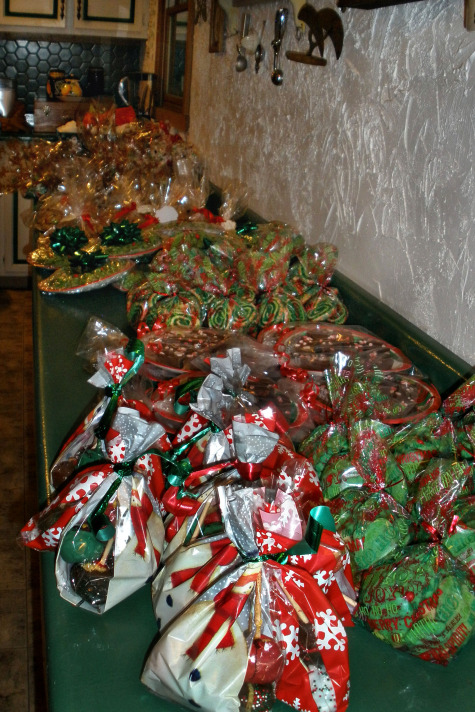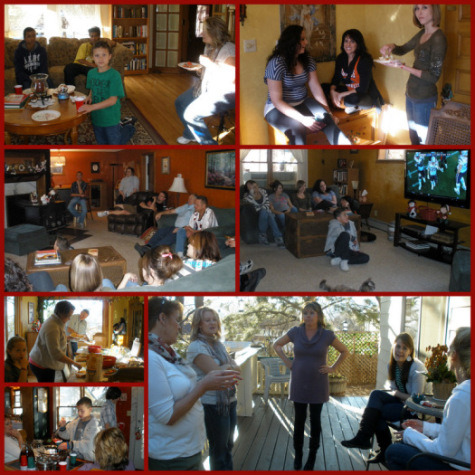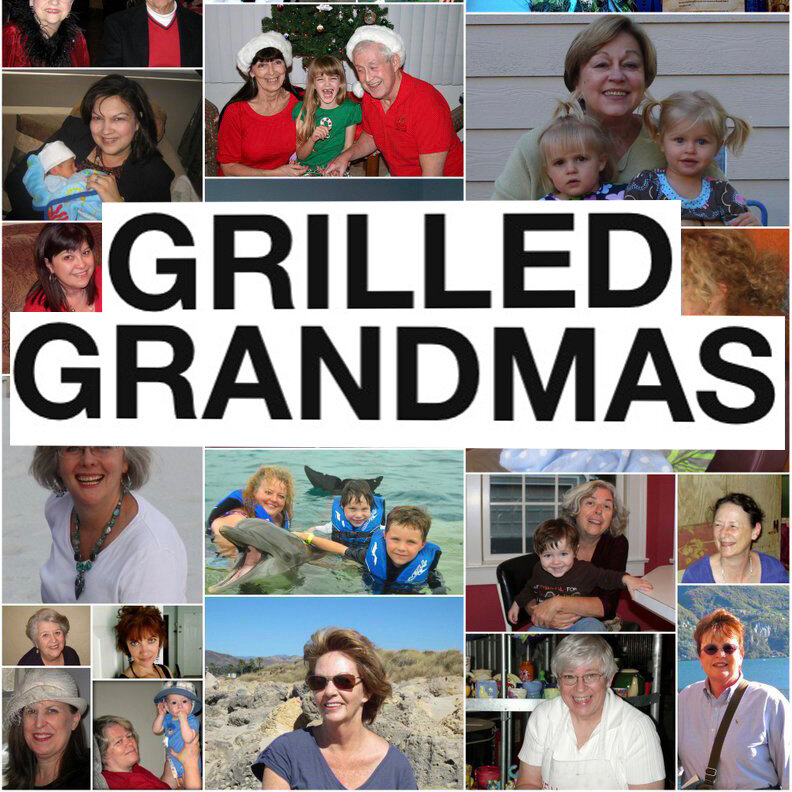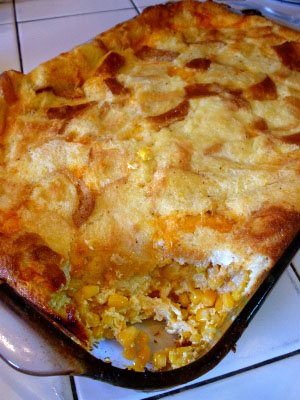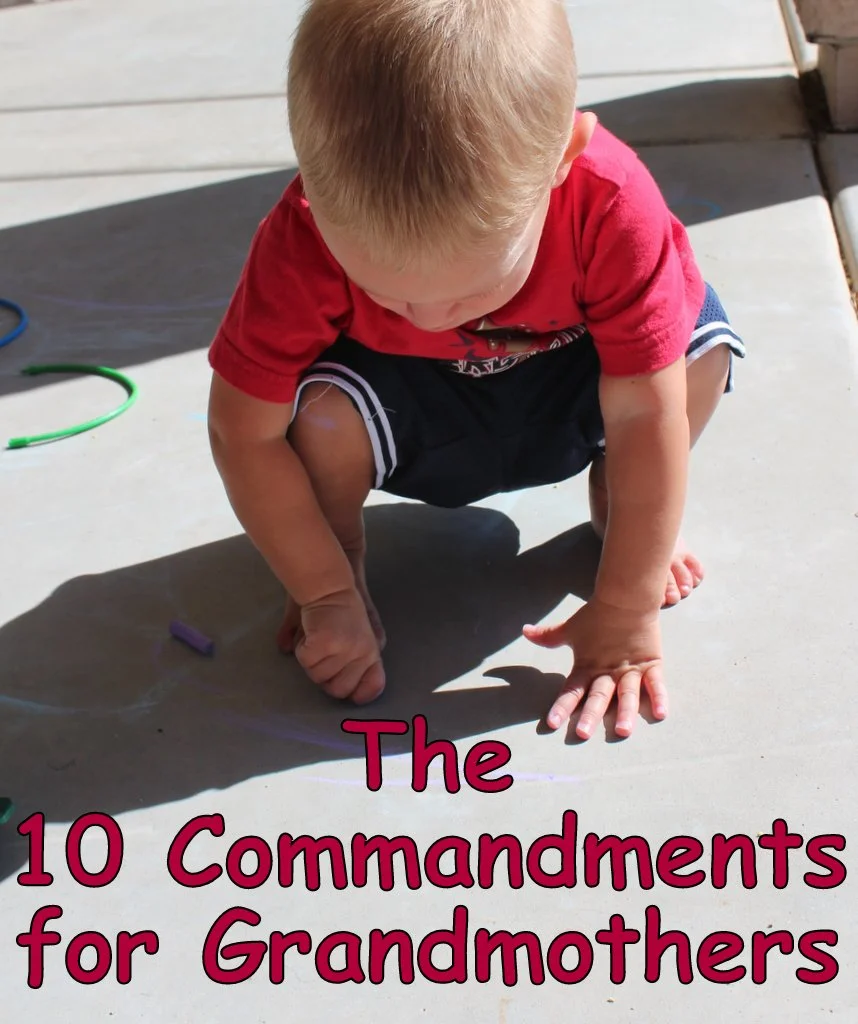Even several years into it, an empty nest can be hard to get used to. Especially during the holidays. No longer do I have play-by-play announcements from the family room of who's up next in the Thanksgiving parade as I prep the turkey in the kitchen. No longer must I search high and low for a favorite Christmas CD that's been nabbed from the holiday-music tin by a teen who wants to play it in her room or car. Nor do I have youngsters—or teenagers—waking up early as can be on Christmas morning, excitedly serving as the alarm that time had come for celebrations to begin.
I miss all that and more—even the pilfered music—that was part and parcel of a full nest. Every now and then I indulge in pity parties, bemoaning the occasional sadness Jim and I now share since our daughters have grown up, moved on.
In my self-centered, self-pitying mindset, I often, no, I pretty much always forget that my daughters face their own sadness and challenges in the growing up, the moving on. Especially during the holidays. My youngest daughter, Andrea, recently—unintentionally—reminded me of exactly that.
Andrea was scheduled to work on Thanksgiving and wouldn't be able to spend the day with the family. As a counselor in a residential treatment facility for troubled adolescent girls, staff is required to be on-site 24/7, and Andrea's regular hours include Thursdays, which, of course, Thanksgiving was. Which meant she had no choice but to cover that shift. It was to be her first Thanksgiving absent from our table, so she and some friends who also had to work that day—plus a few who simply couldn't make it to their own family homes for the holiday—planned a holiday gathering of friends for later in the evening, after the workday was done.
The idea Andie couldn't be home for Thanksgiving—that now two of my three daughters wouldn't be around for the day—saddened me. But in these crazy economic times a job must come first, so I accepted it. I didn't accept as easily, though, the seemingly nonchalant attitude from Andrea each time we discussed it. I never voiced it to her, but in all honesty, there were a few times I thought my youngest might just be asserting her independence and actually pretending to me that she had to work but in fact was planning a full day of holiday fun and frivolity with her friends instead of her family.
How wrong I was. Turns out Andrea was just doing her best to stay strong in the face of reality, of growing up, of being an adult, of needing to stay employed. Her tough facade crumbled Thanksgiving evening. On her way home from the gathering, Andrea called me in tears. The celebration with friends had been fine, the food was good, she assured me, but it simply wasn't Thanksgiving at home, and it broke her heart to feel so far away from family during a holiday for the very first time.
"I'm 26 years old," she said through her tears, "I'm just being stupid and a big baby, but I missed being home. It was just...so...hard!"
I realized at that moment how rarely I take into account what my girls have gone through, continue to go through, on the road to adulthood and independence from their parents. I focus only on what I'm missing, what I've lost.
I don't consider often enough Andrea's steadfast determination to continue traditions instilled in her childhood, everything from green eggs and ham on Saint Patrick's Day to pumpkin-carving competitions for Halloween. Or a holiday turkey dinner with friends that may be fine...but oh-so hard to get through without crying.
I don't consider often enough the role reversal for my middle daughter, Megan, who as a child definitely enjoyed the giving but wholeheartedly preferred and relished the receiving at Christmas. She'd happily pose with her piles of presents, giddy with the prospect of opening them. Once her picture was taken, she'd dive right in with unbridled joy, not worrying one whit what went on around her. Now as wife/Mommy/grown-up, Megan must care plenty of whits, as she plays supervisor of the family giving and receiving, making sure celebrations run smoothly, successfully. In other words, putting everyone else first. Which can be hard, is hard.
I don't consider often enough that my oldest daughter, Brianna, leads a solitary home life yet still does her darnedest to make her home a happy space filled with holiday joy to enjoy on her own. Just last week she decorated her tree, by herself, with no one to help string the lights, hang the ornaments, place the angel on top. "You have no idea how difficult it can be doing it all by yourself," she later told me.
And I don't know. Because I have a husband to help. And because after Brianna finished her own tree, decorating her own place, she hopped in the car and drove over to help Jim and me decorate our tree, our place.
"I had to come," she said when I thanked her for doing so. "With Megan gone now and Andrea not able to help this year, I didn't want you and Dad to be sad doing it alone. We have to ween you off such things slowly, Mom. I know it's hard."
She's right. It is indeed hard—for all of us. I need to consider that, I need to remember that. Especially during the holidays.
Today's question:
What did you miss most about holidays at home when you first left the nest?
